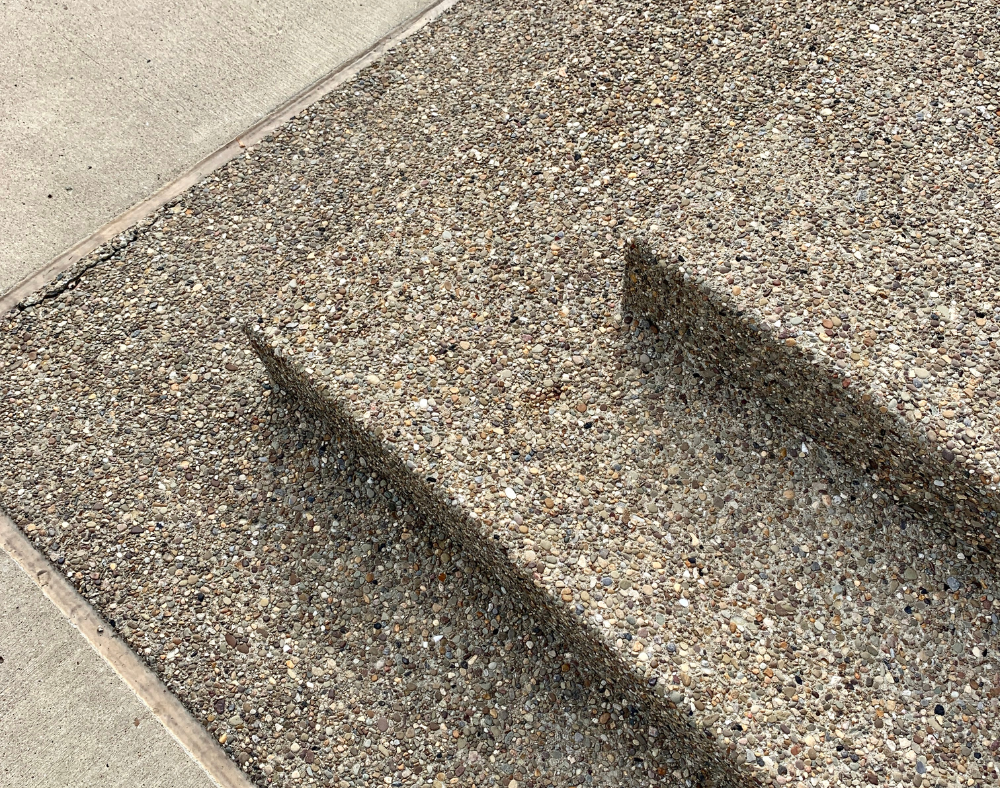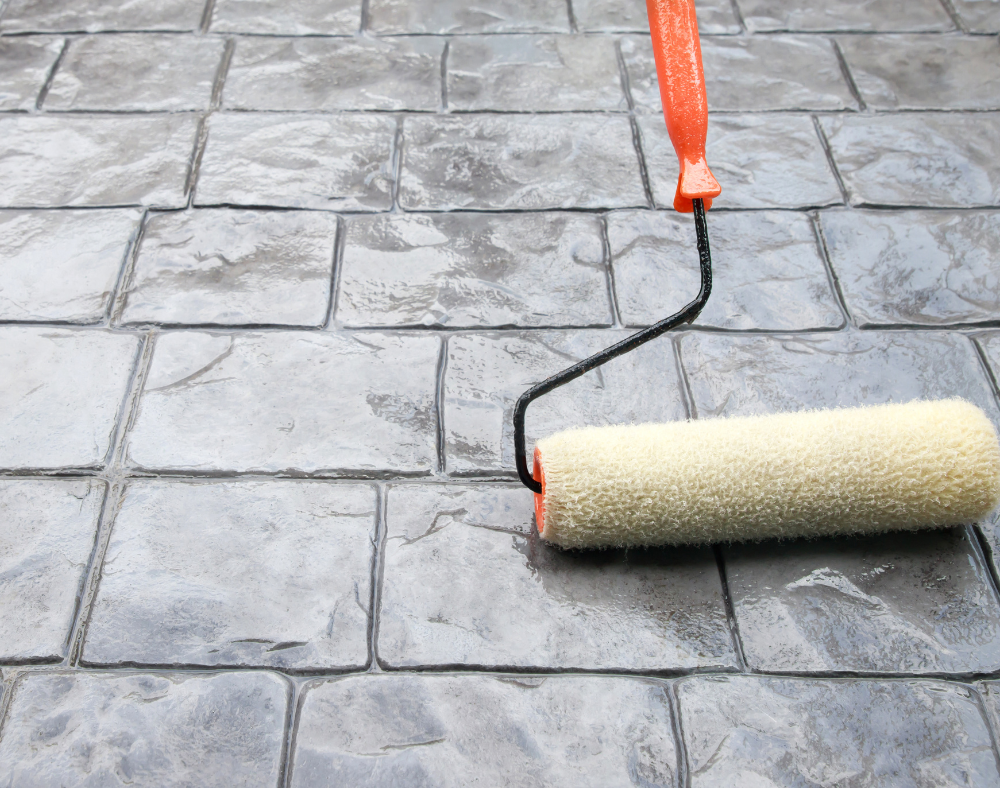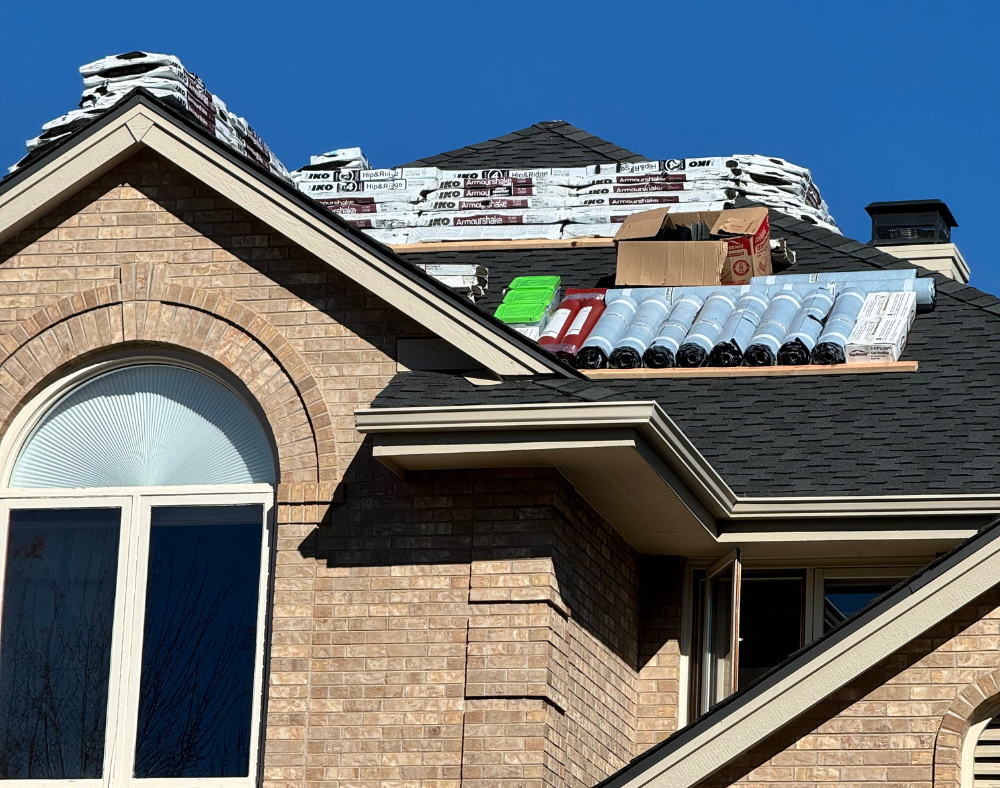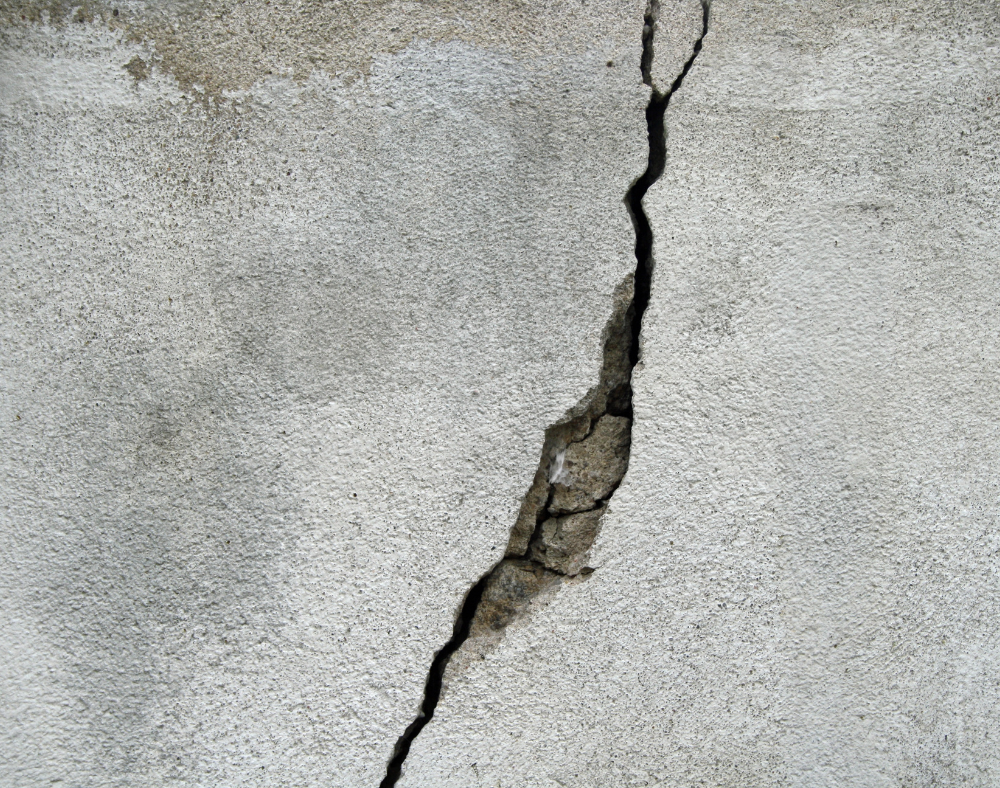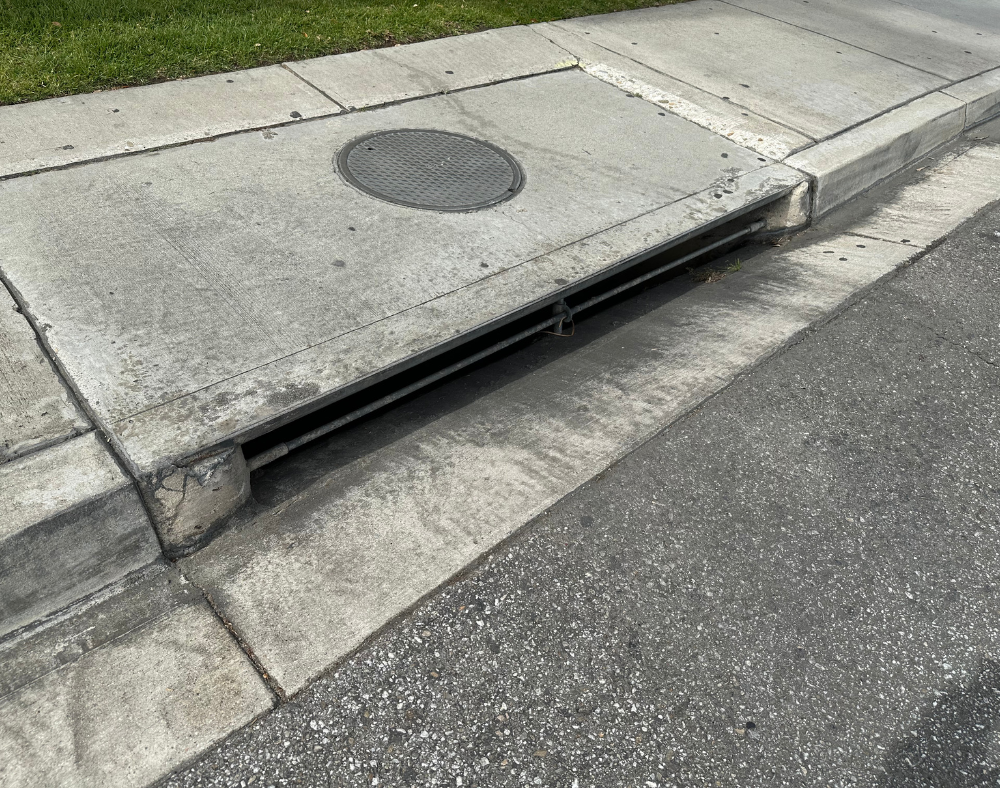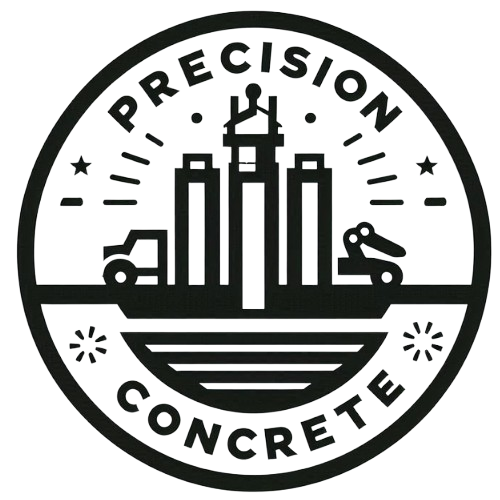Understanding the role, importance, & considerations of concrete reinforcement
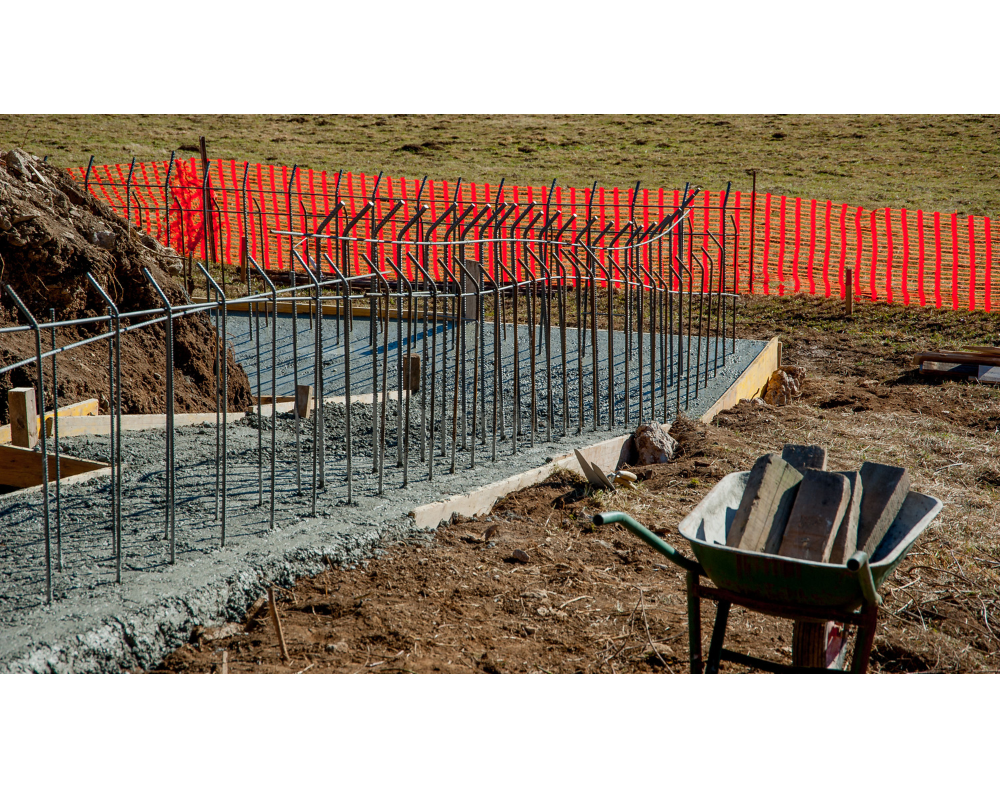
Concrete is one of the most durable construction materials, but when it comes to projects that require strength, stability, and long-lasting durability, reinforcement is essential. At Precision Concrete in Dublin, CA, we specialize in high-quality concrete services, including the effective use of reinforcements to ensure the strength and longevity of your structure.
In this blog post, we'll explore the role of reinforcement in concrete, why it's critical for your construction projects, and what to consider when choosing reinforcements.
The Role of Reinforcement in Concrete
Concrete, by nature, is incredibly strong in compression but weak in tension. Reinforcement materials, usually steel bars (rebar), are added to concrete to improve its tensile strength. This process, called "reinforced concrete," helps distribute loads more effectively and ensures the concrete can handle various stresses over time.
Reinforcements allow concrete to:
- Resist tensile stresses caused by bending and stretching
- Prevent cracking under heavy loads
- Increase the lifespan of the structure
- Enhance overall stability and safety
Without reinforcement, structures such as bridges, buildings, and slabs would be more prone to cracking, especially when subjected to environmental changes like temperature fluctuations and heavy loads.

Why Is Reinforcement Important in Concrete?
The primary reason for using reinforcement in concrete is to balance the forces of compression and tension. Concrete alone can handle compression forces (squeezing) but has difficulty dealing with tension (pulling or bending forces). By adding reinforcements like steel bars or meshes, the structure can withstand various forces, making it stronger and more resistant to damage.
Key Reasons Reinforcement Is Crucial:
- Increased Structural Integrity: Reinforced concrete can bear more weight and endure more strain, leading to fewer repairs and a longer-lasting structure.
- Crack Prevention: Concrete naturally shrinks as it cures, leading to the development of cracks. Reinforcement reduces the risk of these cracks forming.
- Earthquake Resistance: Reinforced concrete structures are more likely to withstand the lateral forces caused by seismic activity, ensuring the safety of buildings in earthquake-prone areas.
- Cost-Effectiveness: While reinforced concrete may have a higher initial cost, the extended lifespan and reduced need for repairs make it a more economical choice in the long run.
For more detailed information on why reinforcement is vital, visit The Concrete Centre.
Things to Consider When Using Reinforcement in Concrete
When working with reinforced concrete, several factors need to be considered to ensure optimal performance and longevity of your structure. These include:
- Material Choice
- Steel Rebar: Steel rebar is the most common reinforcement material because of its strength and flexibility. It bonds well with concrete, ensuring that the two materials work together to handle tension and compression.
- Fiberglass Reinforcement: In some cases, fiberglass or synthetic materials may be used to reinforce concrete, especially in environments where corrosion is a concern.
Learn more about the benefits of steel and alternative reinforcements at
Construction Dive.
- Corrosion Resistance
- When steel rebar is used, it must be protected from corrosion, especially in areas where the structure may be exposed to moisture, chemicals, or salt. Proper concrete cover (the distance between the rebar and the outer surface of the concrete) is critical to preventing corrosion and ensuring the longevity of the structure.
For tips on corrosion protection, check out
Concrete Construction.
- Placement and Spacing
- Proper placement of reinforcement bars is essential. Rebars need to be spaced according to the design requirements of the structure to ensure that the reinforcement provides the necessary support in critical areas. Misplaced or insufficient reinforcement can lead to structural failure.
You can read more about reinforcement placement at
Civil Engineering Forum.
- Load Considerations
- The type and amount of load that the structure will bear determines the type of reinforcement needed. Heavy-duty structures like bridges or high-rise buildings require more substantial reinforcement compared to smaller structures such as patios or sidewalks.
For load-bearing calculations and reinforcement guidelines, visit
Structville.
- Environmental Conditions
- Structures located in areas with high humidity, proximity to the ocean, or harsh weather conditions require reinforcements that are resistant to corrosion and deterioration. These environmental factors should be considered during the planning and design stage to ensure the integrity of the concrete over time.
More insights on environmental impacts on concrete can be found at Giatec Scientific.


How Precision Concrete Can Help
At Precision Concrete, we have years of experience working with reinforced concrete. Our team understands the importance of choosing the right reinforcement for your project, whether it's a residential foundation, commercial building, or large-scale infrastructure project. We provide personalized consultations to help determine the best materials, placement strategies, and design approaches that meet your unique needs and project specifications.
We also work closely with you to ensure that your project is built to last, from the foundation to the finishing touches. Our expertise in Dublin, CA and surrounding areas ensures that your project will withstand local environmental conditions and any other challenges that arise.
Additional Resources
For further reading on reinforced concrete and related topics, check out these helpful resources:
- Concrete Reinforcement Basics: Portland Cement Association
- Corrosion in Reinforced Concrete: National Precast Concrete Association
- Steel Reinforcement in Concrete: The Constructor
- Understanding Reinforced Concrete: Structurae
- Construction Industry Updates: Engineering News-Record
Reinforcement is the backbone of durable, long-lasting concrete structures. With the right materials and approach, reinforced concrete can provide strength, safety, and stability for a wide range of construction projects. At Precision Concrete, we specialize in delivering high-quality, reinforced concrete services in Dublin, CA and beyond. Let us help you build structures that stand the test of time.
